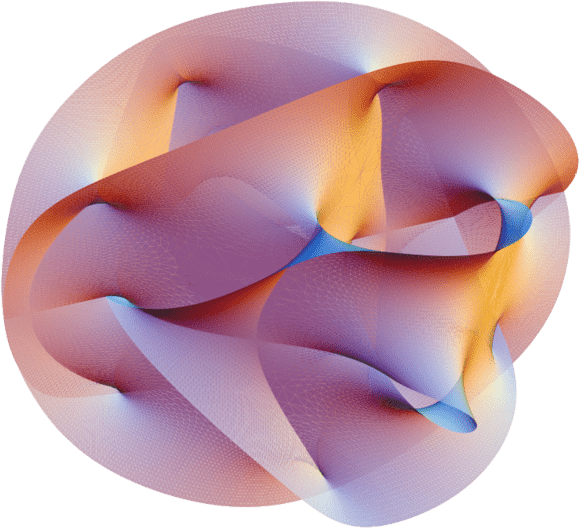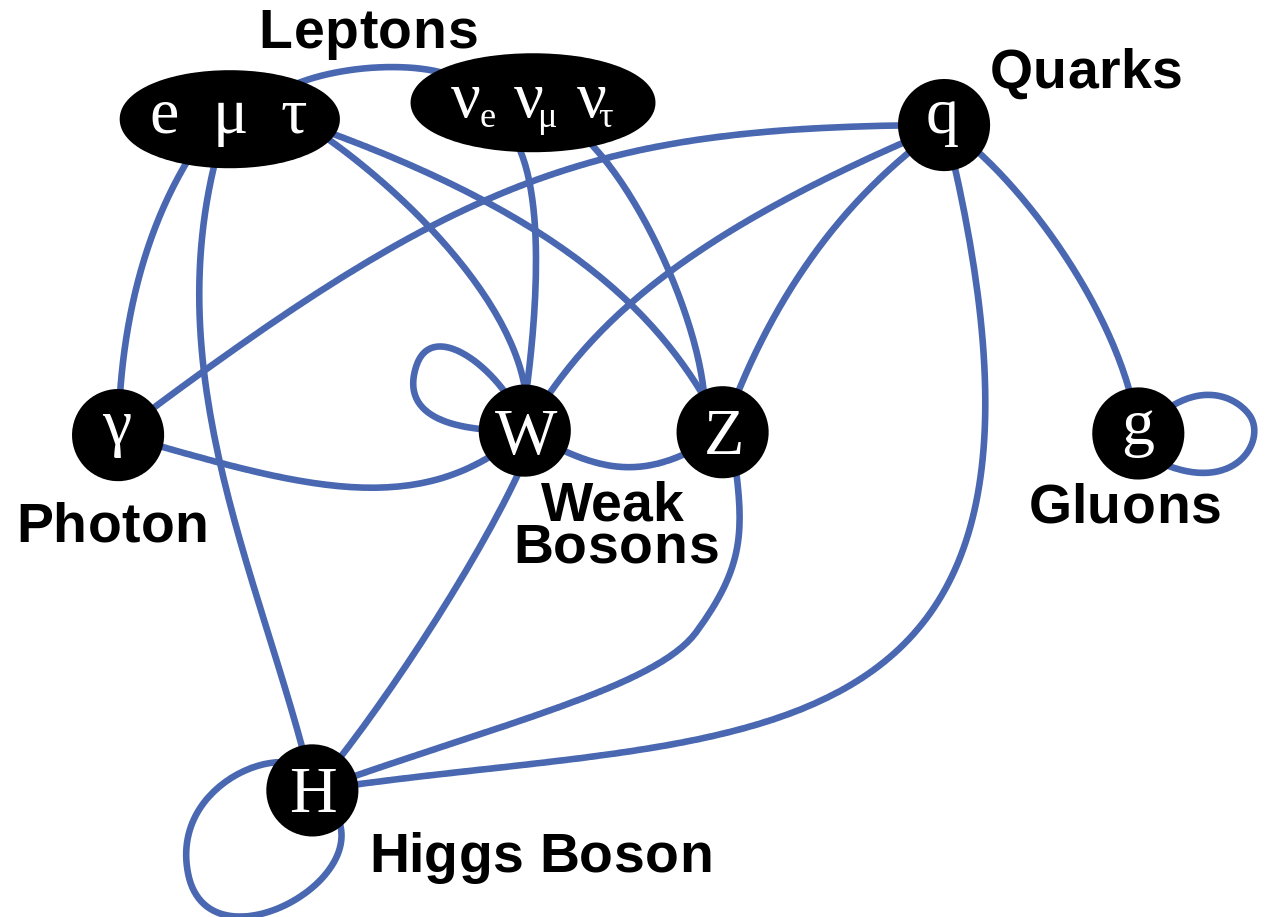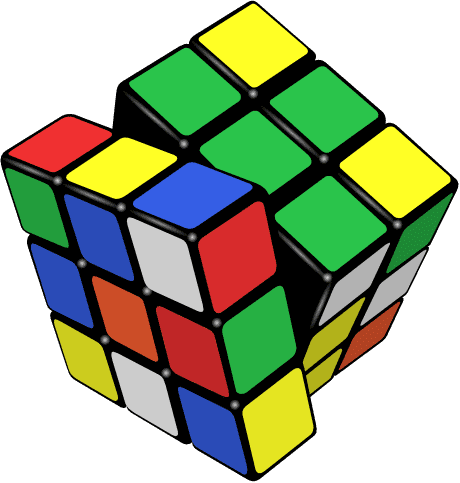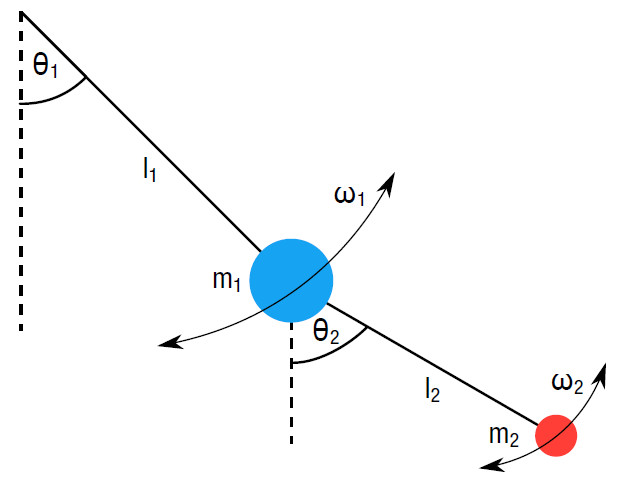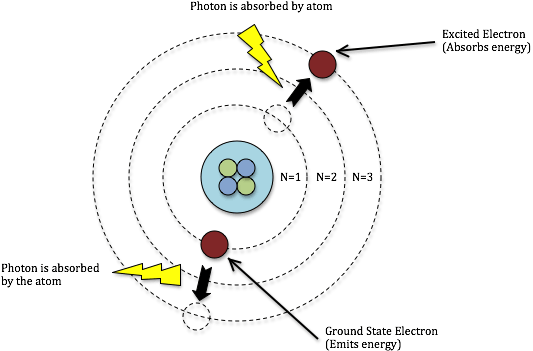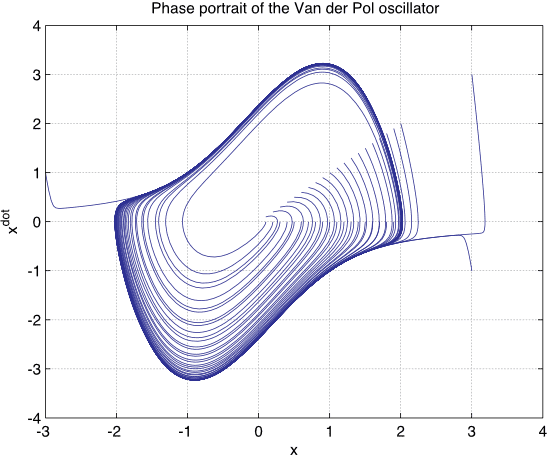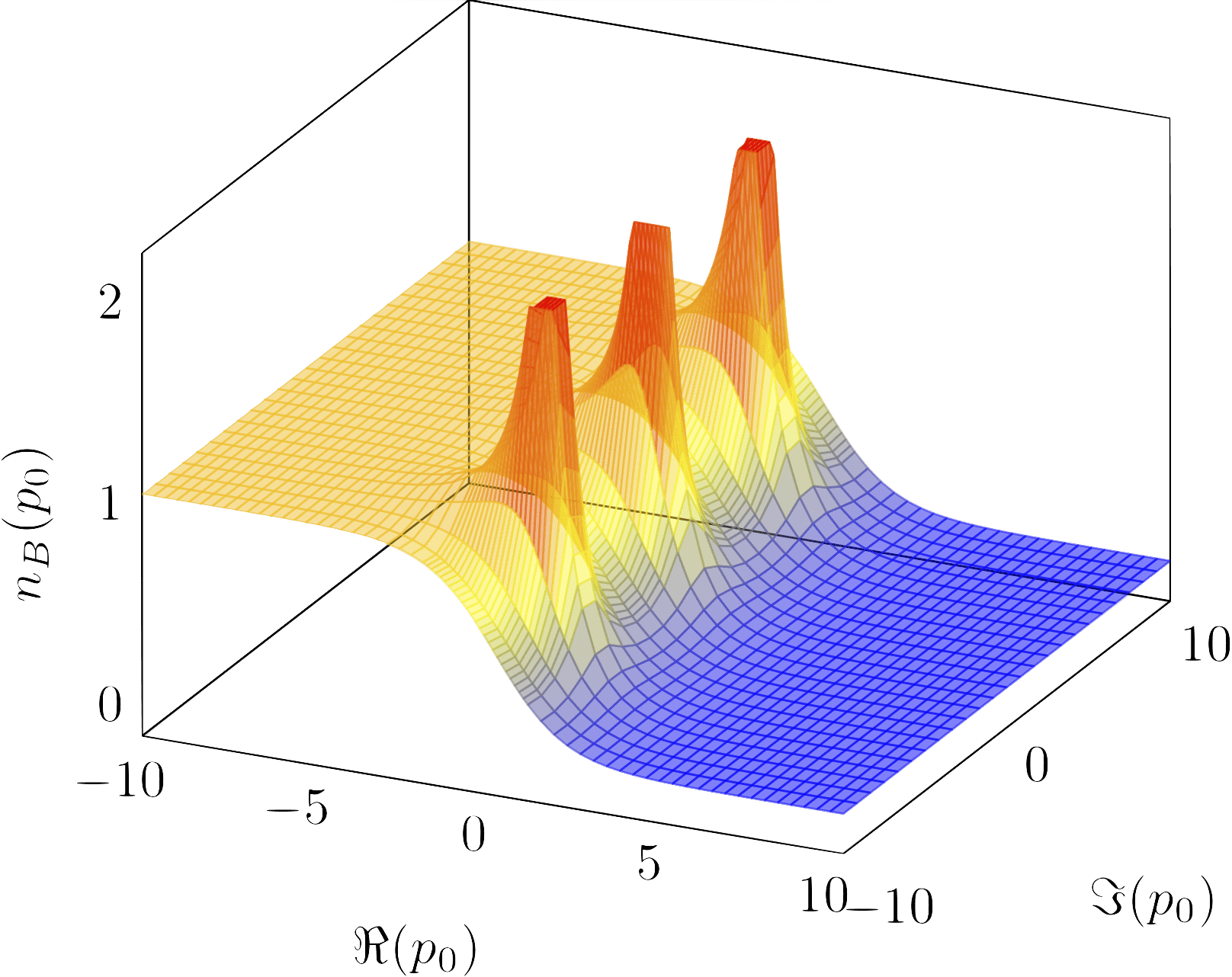
Janosh
Computational materials scientist. I'm interested in machine- learning-powered atomistic simulation and building software around that.
Recent Work
Matbench Discovery
Benchmark for machine learning energy models simulating a real-world materials discovery campaign.
CHGNet
Pretrained universal neural network potential for charge-informed atomistic modeling published on the Sep 2023 cover of NMI.
TorchSim
Torch-native, batchable, atomistic simulations.
Materials Project
Widely used database, website, API and OSS ecosystem built for computing properties of inorganic materials.
atomate2
atomate2 is a library of computational materials science workflows used by the Materials Project and beyond.
MatPES
A foundational DFT potential energy dataset for materials covering 89 elements and emphasizing data diversity and quality (at PBE and r2SCAN level).
MLIP PES softening
Overcoming systematic softening in universal machine learning interatomic potentials by fine-tuning
Dielectrics
Pushing the Pareto front of band gap and permittivity with ML-guided dielectrics discovery incl. experimental synthesis.
MACE Foundation Models
Fast and accurate machine learning interatomic potentials with higher order equivariant message passing.
Open Source
pymatgen
Matbench Discovery
pymatviz
atomate2
MatterViz
MultiSelect
Diagrams
CHGNet
jobflow
Tensorboard Reducer
MatCalc
Normalizing Flows
MLIP PES softening
TorchSim
Dielectrics
MACE Foundation Models
MatPES
Materials Project
Notes on Physics
This is a compilation of notes and solutions to problem sheets for some of the physics lectures I took, most of them in Heidelberg. Hopefully, they can be useful to others. If you find errors, please open an issue.
